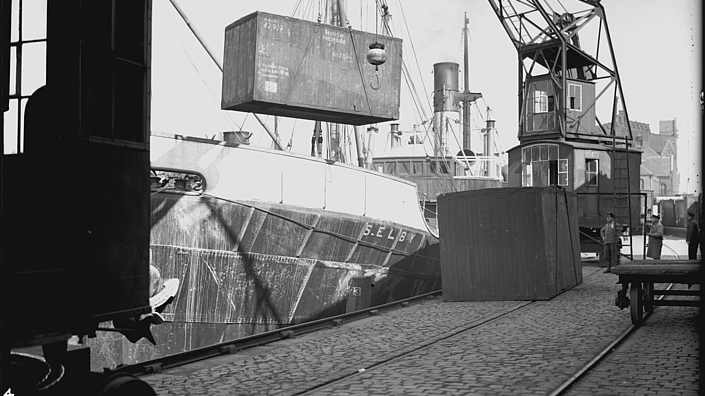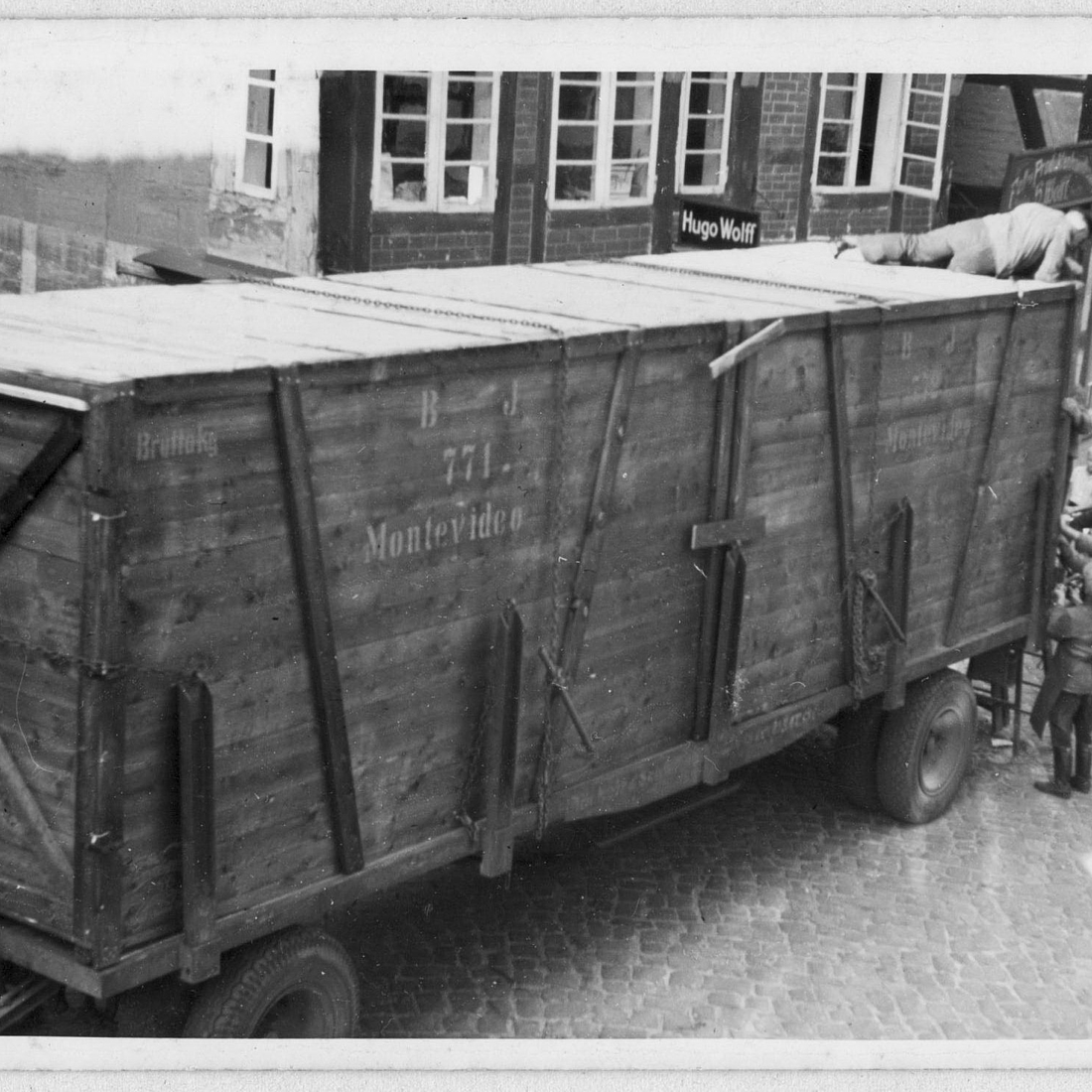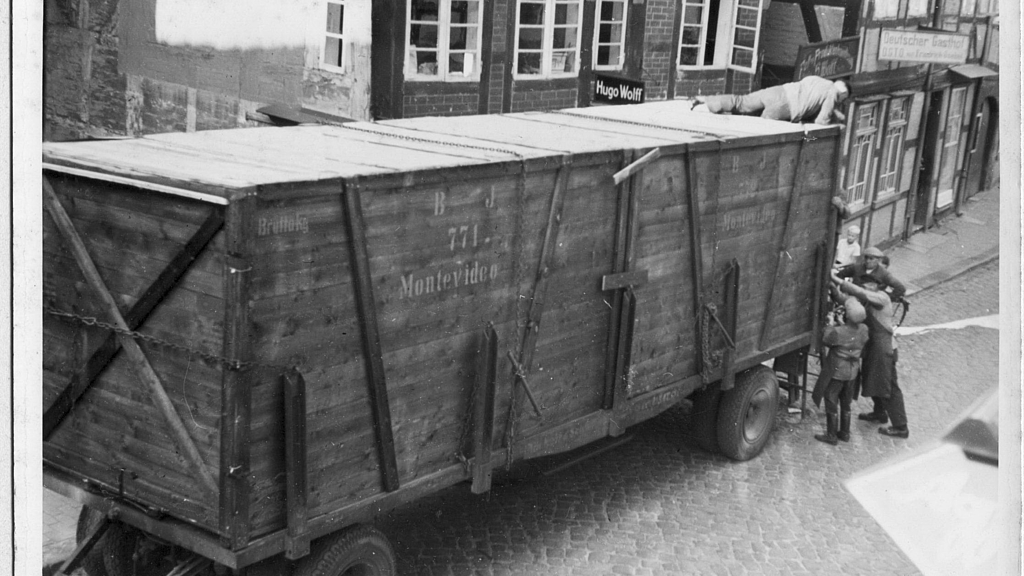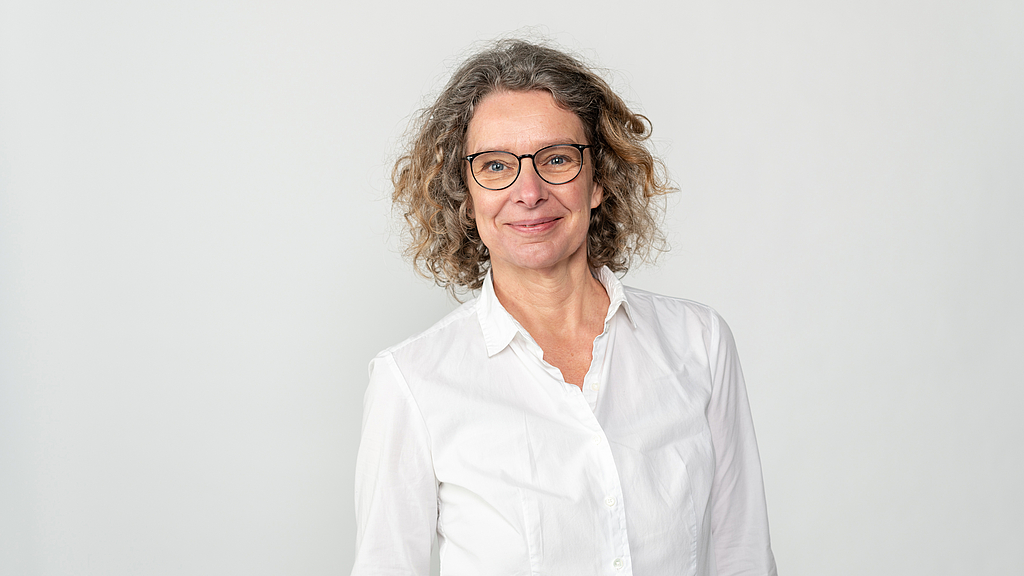Relocation goods confiscated in Bremen ports
From 1940 onwards, liftvans in Bremen containing the belongings of Jewish emigrants were confiscated by order of the Nazi regime and their contents were publicly auctioned off to the highest bidders. We are trying to clarify the whereabouts of these goods.
A a direct result of the initial research started at the German Maritime Museum in 2017 into the provenances (origin) of objects in its collection, another research project has developed - that is especially important for the North German and Bremen area: "The handling of emigration property of Jewish emigrants in Bremen after 1939: participants, networks and ways of utilization". The aim here is to reconstruct the route taken by approximately 1,000 crates (also known as liftvans) filled with goods from Jewish households that had been booked on cargo ships to sail from Bremen to foreign countries up until September 1939. Due to the outbreak of war, no more ships sailed from Bremen as of September 1, 1939, and these liftvans remained in storage facilities in the port. The owners of the contents of these crates were Jewish Germans who wanted to emigrate from the Third Reich in the face of the ever-increasing threats from the National Socialists.
Confiscation of the Lifts and "Utilization" of these Goods by the Nazi Regime
At the end of 1940, the Gestapo began to take an interest in the possessions of Jewish emigrants stored in the ports, with the aim of transferring these assets to the Third Reich. This was followed by the confiscation and opening of all the lifts and then the public auction of the contents on behalf of the Bremen Chief Finance Office. Through the auctions, these household goods and valuables found their way into many private homes, where they may still be found today. But the auctioned goods were also taken into the offices and museums of Bremen and Lower Saxony. The story behind many a beautiful cabinet, a painting or a carved armchair may have begun at an "auction of Jewish emigrant goods" - as these auctions were advertised in newspapers at the time - in Bremen in 1942.
Further links
German Lost Art Foundation
Unsuccessful search for relocation property and restitution
After the war, the owners or their descendants began searching for their belongings. First, the Allied military government took up the research and began to reconstruct the processes: the transports, the expropriations, the confiscations and those involved in them. Subsequently, the competent authorities of the newly founded Federal Republic of Germany continued this search.
Almost none of the contents of the lift vans could be found, and yet some families tried for years to located prized of their possessions. Very few of them were successful. After often lengthy and humiliating claims for restitution with German authorities, many claimants settled for a small amount of compensation. However, they never got their family heirlooms back. In the restitution and compensation files of the 1950s and 1960s, one can glean the fates of some of these people and their property.
From owner to buyer - an attempt at reconstruction
The aim of the project is to be able to reconstruct the path of the belongings of Jewish emigrants from the time they left the owner's house to the time they reached the buyer, thus providing a basis for locating and returning the lost objects.
The research project is based in the Provenance Research Department at the German Maritime Museum. Provenance research deals with the investigation of the origin of cultural property. The project is financed and supported by the German Center for the Loss of Cultural Property in Magdeburg. One of the center's main concerns is to promote the search for cultural property seized from Jewish Owners and others as a result of persecution by the National Socialist regime. The project is also in close cooperation with the Bremen State Archives and the Bremen State and University Library.
Team:
Susanne Kiel (project manager) kiel@dsm.museum
Picture credits cover picture
The cover picture "Removal lift of the Wolff family, Dannenberg 1938" was kindly made available to us by the municipal archive of Dannenberg (Elbe).
Further publications
Internationales Symposium zum Umgang mit Umzugsgut in europäischen Häfen / The handling with removal goods of Jewish emigrants in European harbors from October 7, 2021, presentations available via YouTube.
Related Contributions
-Provenance research
Since 2017, the DSM has been systematically checking its collection for the provenance (origin) of cultural assets. The German Centre for Losses of Cultural Property supports the project.
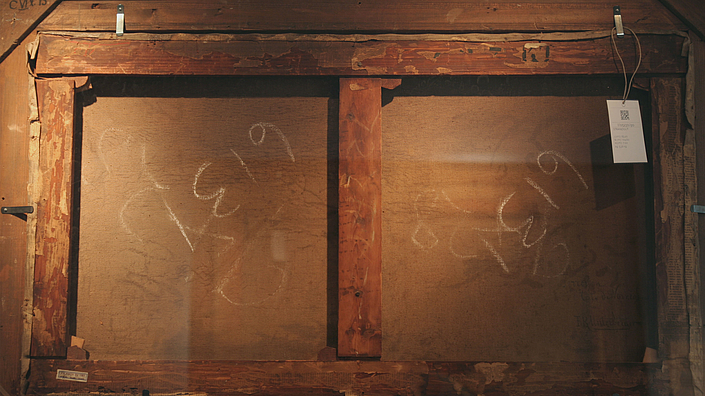
Provenance research at the DSM: An old engine and its history in the NS era
Since 1976, the single-cylinder four-stroke engine has been part of the collection of the Maritime Museum. Now the heirs of the former owner have been located.
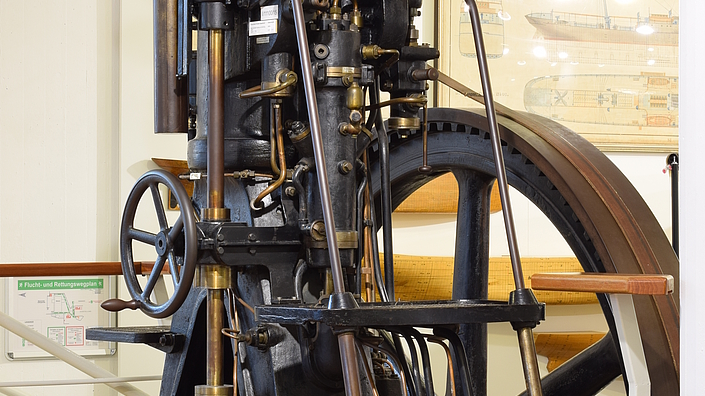
A silver cutlery of the Arnold Bernstein line
The DSM collection includes a multi-piece silver cutlery set from the former Arnold Bernstein Line from Hamburg.
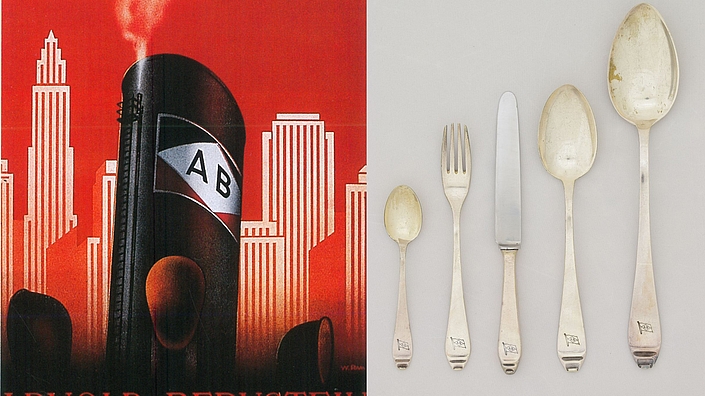
Jewish emigrants' resettlement goods in Bremen harbors
The research project aims to trace the path of Jewish emigrants' property from the time they leave their homes to the time they buy it.
Read more
